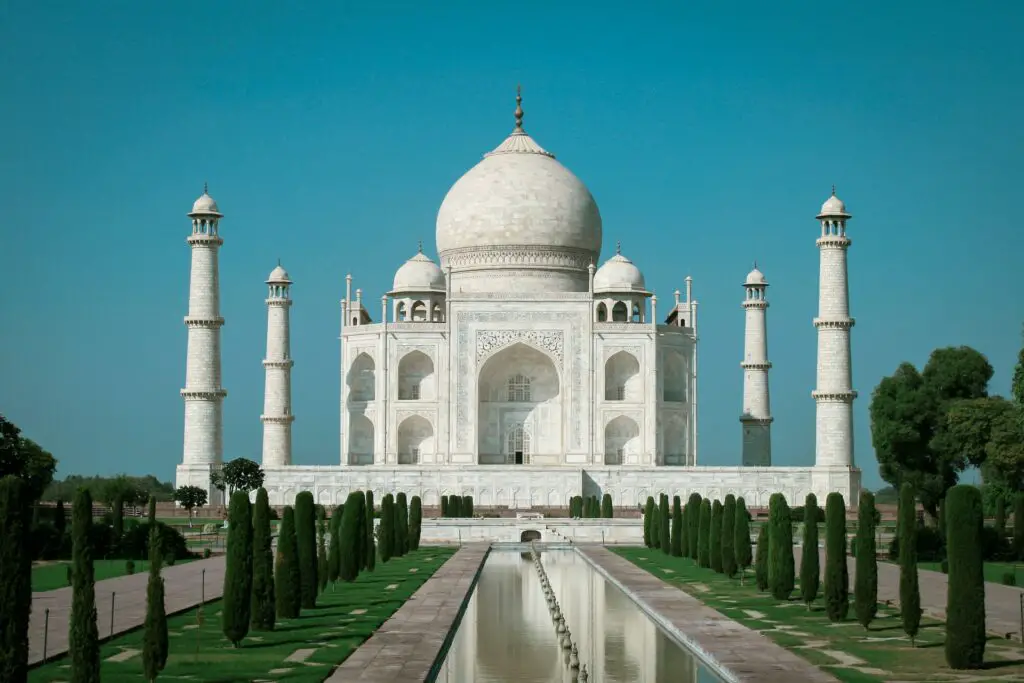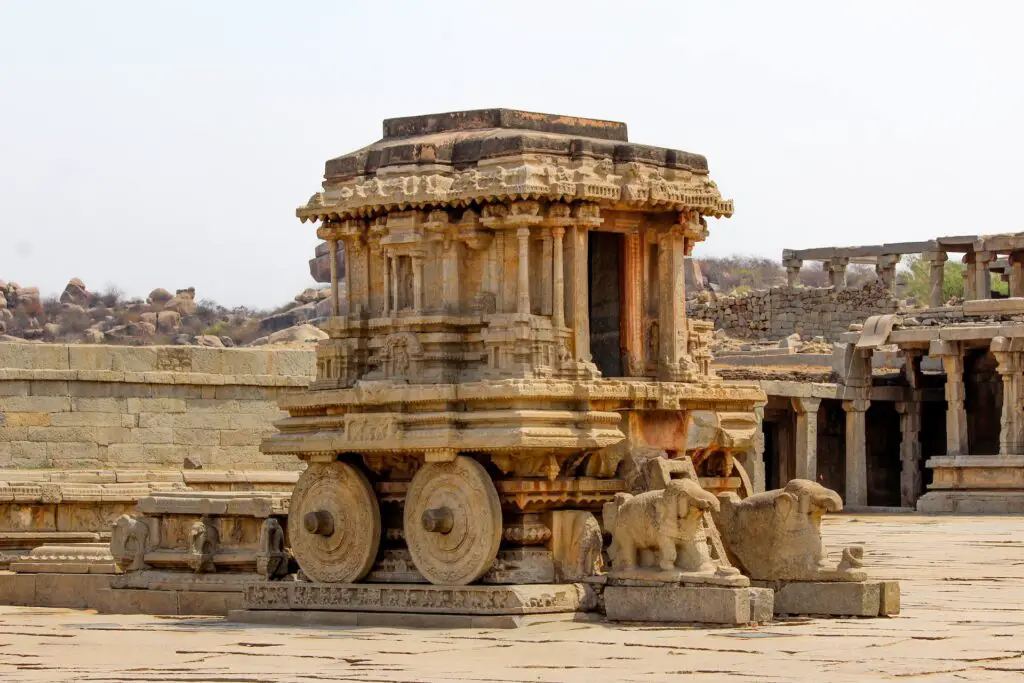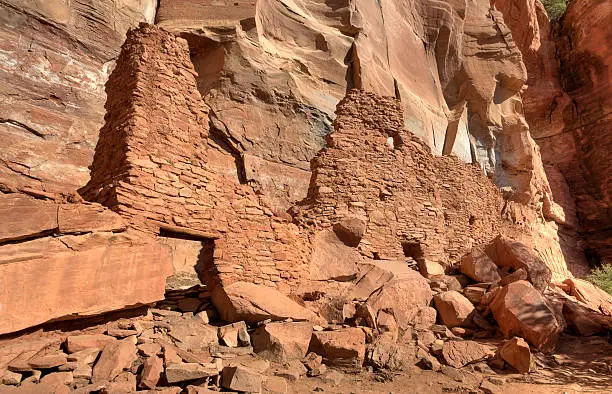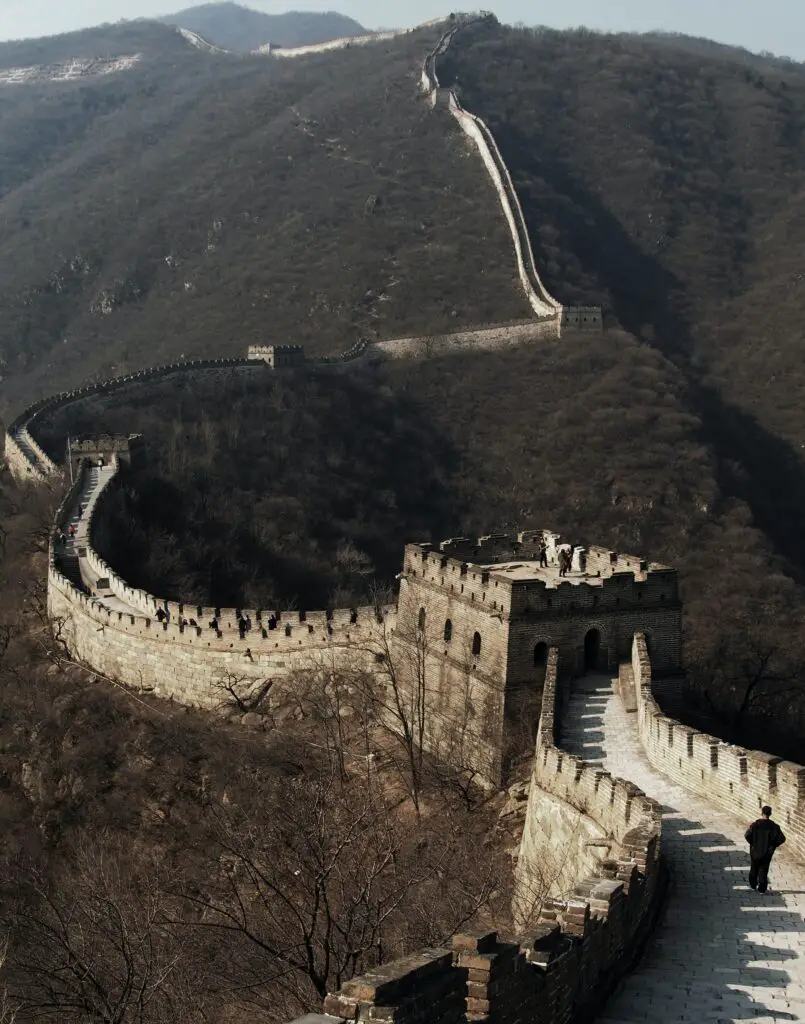Edinburgh Castle is one of the exciting historic fortress sites located on Castle Rock, Scotland, Western Europe. Nestled in the heart of Edinburgh, Scotland, its captivating scenery will take your attention from different angles. It served as a fortress as well as formal royal residencies in order to be recognized as one of the “UNESCO World Heritage sites”.
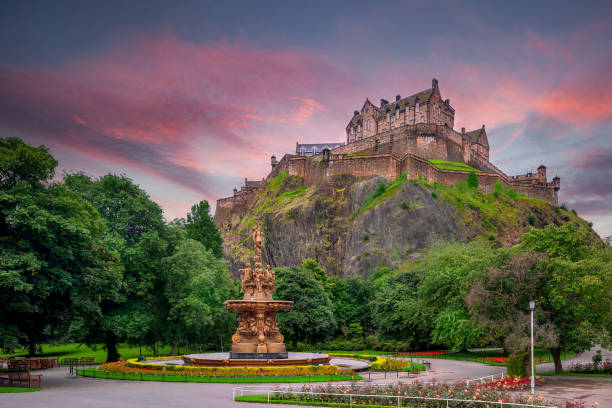
Known as “defender of the nation”, the active military base operating even today. It is one of the most ideal landmarks and has played a crucial role in Scottish history. Not just that, Edinburgh Castle has played a crucial role when it comes to cultural contributions. Castle includes St. Margaret’s Chapel, The Great Hall, Mons Meg, Royal palace and National War Museum along many things to do in Edinburgh are witnessing its great architectural works.
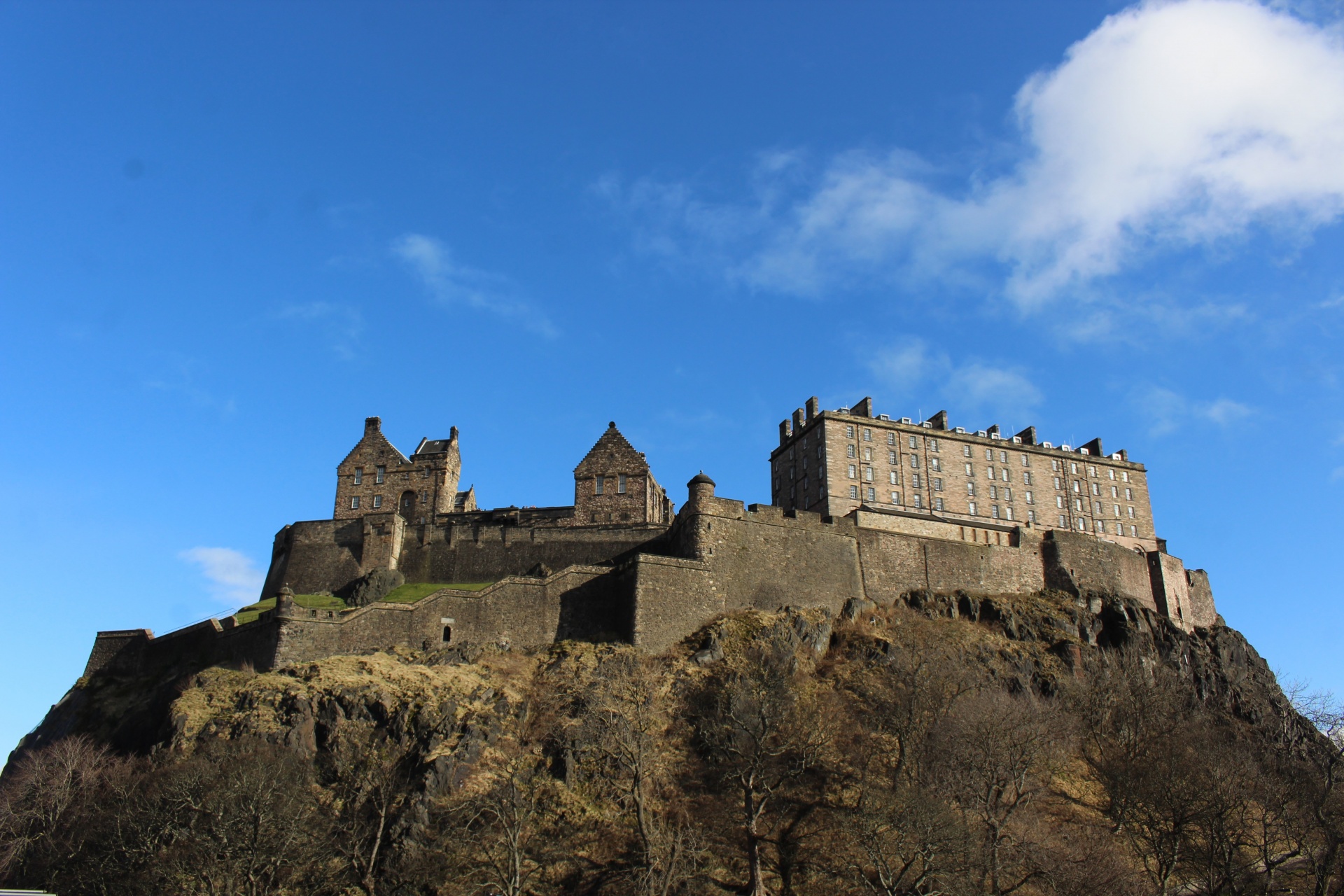
The castle passed many historical pages of history and witnessed many key moments, including battles and royal ceremonies. Even today, Edinburgh Castle is a world famous tourist attraction from all over the world that offers stunning views of the city and houses the Crown Jewels of Scotland and the Stone of Destiny.
Century wise history of Edinburgh Castles
1. 12th Century
Most of the history of Edinburgh castle goes from the 2nd century to the 12th century. But the oldest portion of the current structures goes to the 12th century. And most of the earliest references to the royal castles date back to the reign of David I in the 12th century and these periods. In 1093, his mother passed away and King Malcolm III died on the battlefield. However this castle played a key role in the defense of the Kingdom of Scotland during this period.
2. 13th Century
Normally during the 13th century Edinburgh castle played a major hero. More importantly 13th century is the period of Wars of Scottish Independence from late 13th and early 14th centuries. During these periods Edinburgh Castle saw several attacks, including being captured by English forces led by Edward I in 1296. But later the castle was again recaptured by the great Scottish emperors William Wallace and Robert the Bruce.
3. 14th Century
The 14th century for the castle is considered a renaissance of its existence. Therefore the castle underwent significant reconstruction in the 14th century, majorly is the building of the Great Hall and other defensive structures. More importantly this period when Scots retook the castle from the English team led by Thomas Randolph in 1314, today most of the reconstructed buildings continue to serve as a royal residence and military stronghold.
4. 15th Century
In the 15th century, the castle was increasingly used as an arsenal and armaments factory. During the same time witnessing first ever purchase of guns was in 1384. Edinburgh Castle became a principal residence for the Stewart monarchs, including James II and James IV these times. Interestingly, the castle’s military fortifications were further strengthened during this period.
5. 16th Century
In 1565, Mary married Henry Stuart, Lord Darnely, the same year Mary gave birth to a son named James in the same Edinburgh castles. Moreover in this period the crown jewels and the Stone of Destiny were placed in the castle in the 16th century. We should remember the time when the castle also served as a military garrison and state prison during this time.
6. 17th Century
Edinburgh Castle played a very crucial role in the conflicts of the 17th century and early 18th century. Castle was twice conquered by the Covenanters during Bishops’ wars including the English Civil War and the Wars of the Three Kingdoms. Surrendered by Oliver Cromwell’s new model army in 1650. And considered as one of the last strongholds to surrender to Cromwell’s forces in the mid-17th century.
7. 18th Century
In Edinburgh castle during the 18th century much more Jacobite rebellions and political unrest’s. The castle was involved in the Jacobite uprisings of the 18th century, including the Jacobite Rebellion of 1745. Jacobite is a political movement fighting for the Stuart monarchs to their thrones in England, Scotland and Ireland. It is a major symbol of British military power in Scotland during this time.
8. 19th Century
The 19th century is the period for the castle, known as new reformation, converted from primarily a military fortress to a major tourist hub and one of the national symbols. In the 19th century, Edinburgh Castle underwent major restoration and changes in order to become a popular tourist destination. Domestic government focused much more on tourist attractions and one of the heritage sites. In this time, the major military importance of the castle declined, and slowly turned into a primary historic monument.
9. 20th Century
The 20th century saw 2 major World Wars and its effects touched Edinburgh castles too. Edinburgh Castle served a major role in both World Wars, especially serving as a military base and a prisoner of war camp. Military ceremonies began to be held there and in 1927, Castle turned into Scottish National war museums. And later it continued to be a popular tourist attraction and a symbol of Scottish history and heritage.
Today Edinburgh Castle stands as Scotland’s cultural and historical symbol in order to welcome millions of tourists every year. Edinburgh Castle’s history spans centuries of royal intrigue, military conflict, and cultural significance, making it a key landmark in Scotland’s past and present.
10 Facts about Edinburgh Castles
Edinburgh Castle has some of the interesting and mysterious facts. Let’s discuss one by one;
- Edinburgh Castles situated atop of a Volcano. Volcano explosion that formed nearly 340 million years ago.
- Under the castle’s oldest structure is Saint Margaret Chapel. It is a burial site built by the King David I to the sweet memory of his mother queen Margaret in 1093.
- First settlers lived on Castle rock. Yes, the castle overlooks the old and new towns from its castle rock and site witnessing first inhabitants of the area settled.
- Interestingly Edinburgh castle welcomes 2 million tourists every year. Every year it hosts a number of cultural events like Edinburgh International festivals and Edinburgh Festival Fringe.
- King James VI was born here in this Royal palace. Queen Mary of Scots gave birth to King James VI.
- Castle is also witnessing an ordnance survey. Ordnance survey led by William Roy, who worked in the drawing office, the national mapping agency U.K.
- Sir Walter Scott rediscovered the Crown Jewel. Sir Walter Scott was a famous Scottish writer who played a major role in a notable incident in the Castles history that was the recovery of Scottish Crown Jewels or Honor of Scotland.
- There is a hidden tower under this Edinburgh Castle. It is located behind the old coal cellar which used for Crown Jewels safekeeping with a medieval bathroom in the tower ruins.
- It currently stands as a military base. Right now it is an active military base which highlights the annual Edinburgh Military tattoo.
- Oldest building in Scotland. Yes, constructed in 1130, stands as the oldest building in Scotland today.
Edinburgh Castle Inside
Edinburgh Castle includes many top attractions inside its womb. Let’s discuss it.
1. Crown Jewels and the Stone of Destiny
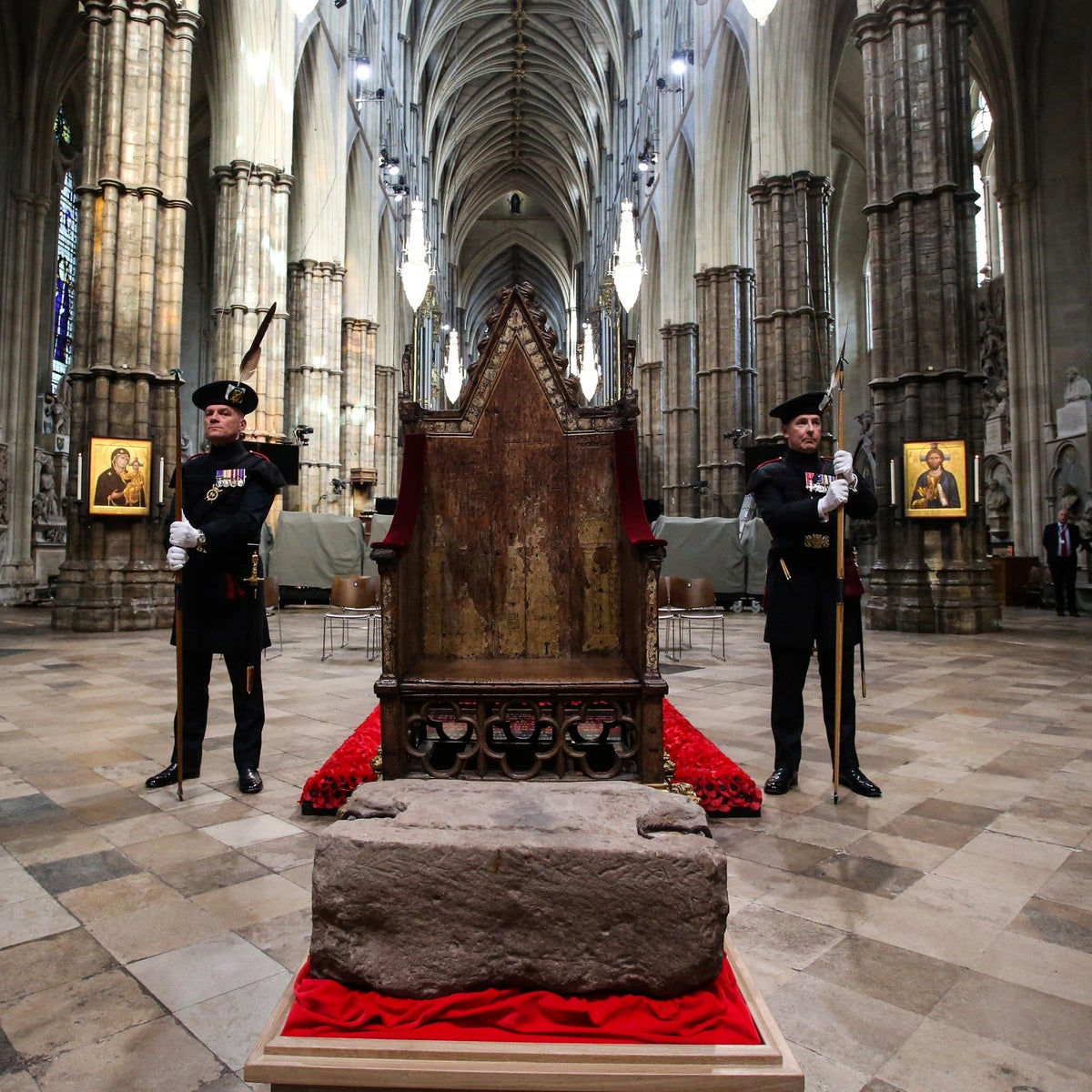
These two are the most precious and symbol of Scottish royalty and are displayed in the Crown Room. The Stone of Destiny representing the Scottish Monarchy has been used in the coronation of Scottish rulers for centuries. Placed inside the Royal palace formed the core of Scotland’s history.
2. St. Margaret’s Chapel

One of the oldest sites in the Castles dedicated to Highness Queen Margaret. This chapel is built by her son to the sweet memory of his mother Margre. Still today one of the oldest surviving buildings in Edinburgh, dating back to the 12th century. It offers a quiet space for reflection and boasts stunning views of the city therefore today it was used for wedding and private ceremonies.
3. The Great Hall

This impressive hall was built in 1511 by King James. Most of the construction and restorations goes to the 15th century and features a collection of weapons, armor, and other historical artifacts. One place under Castles represents the culture of medieval Scotland. And also a perfect place to learn about Scotland’s military history.
4. Mons Meg
It is a massive medieval cannon displayed in the castle with most advanced technology for the Military troops. Mons Meg was a formidable weapon in its time which had the capacity of shooting a gun shot of about 150 km. Place where visitors can learn about its history and see it up close.
5. The National War Museum

Located within the castle grounds, it earlier served as a storehouse during the wartime. Museum exhibits Scotland’s military history, from the medieval period to the present day. From rustic war suites to letters from soldiers are added in this museum. It includes most precious Scottish artifacts, interactive exhibits, and informative displays.
6. Royal Palace

Name stated that the place served as home for many Queens and Kings. Well known for its intrinsic designs and lavish decorations. Royal palace served Queen Mary of Scots, Queen Mary of Guise, King James VI and King James I. Palace plays a very significant role in the sovereignty of many royalties.
Edinburgh Castle Tickets
| Ticket Type | Online Price
(£) |
Walk Up price
(£) |
| Children’s (Between 7-15 years) | £19.50 | £22.00 |
| Adult (16-64 year old citizens) | £15.50 | £17.60 |
| Senior Citizens (Above the age of 65+) | £11.40 | £13.20 |
| Family (1 adult and 2 children’s) | £38.50 | £43.50 |
| Family (2 adults and 2 children’s) | £56.00 | £63.50 |
| Family (2 adults and 3 children’s) | £66.50 | £75.00 |
Things should remember;
- Children’s above the age of 16 considered as an adult.
- Concession price: Will only be applicable if you are shown proof that you are aged above 65+ or unemployed (not for college students).
- Admission prices are subject to change depending on the seasons.
Edinburgh Castle opening times
Tickets here in Edinburgh Castle well in advance from the Edinburgh Castle Websites. Do not forget to book your tickets in online well in advance to get guaranteed gentry and fair prices.
| Dates | Opens | Closes |
| 29 March to 30 September | 9:30 am | 6 pm (Last entry 5 pm) |
| 1 October to 23 December | 9:30 am | 5 pm (Last entry 4 pm) |
| 24 December | 9:30 am | 4 pm (Last entry 3 pm) |
| 25 and 26 December | Castle is closed | – |
| 27 to 31 December | 9:30 am | 5 pm (Last entry 4 pm) |
| 1 January | 11 am | 5 pm (Last entry 4 pm) |
| 2 January to 28 March | 9:30 am | 5 pm (Last entry 4 pm) |
Key Points to remember;
- You should be at least 2 hours prior in the main attraction at Castle.
- Opening time for the independent museum at the castle may vary.
Edinburgh Castle Map

Overall, Edinburgh Castle is a must see attraction not only in Europe but in the entire world. Such a great heritage welcomes all sorts of backpackers who really want to know the history, role of the Castles during the wars and cultural and architectural significance of this Castle.
Q: When was the Edinburgh Castle built and by ?
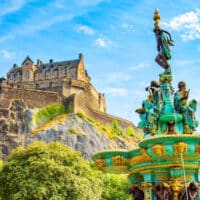
A: Most of the history of Edinburgh castle goes from the 2nd century to the 12th century. But the oldest portion of the current structures goes to the 12th century (1103 built on a Castle Rock) by the King David I son of Saint Margaret.


